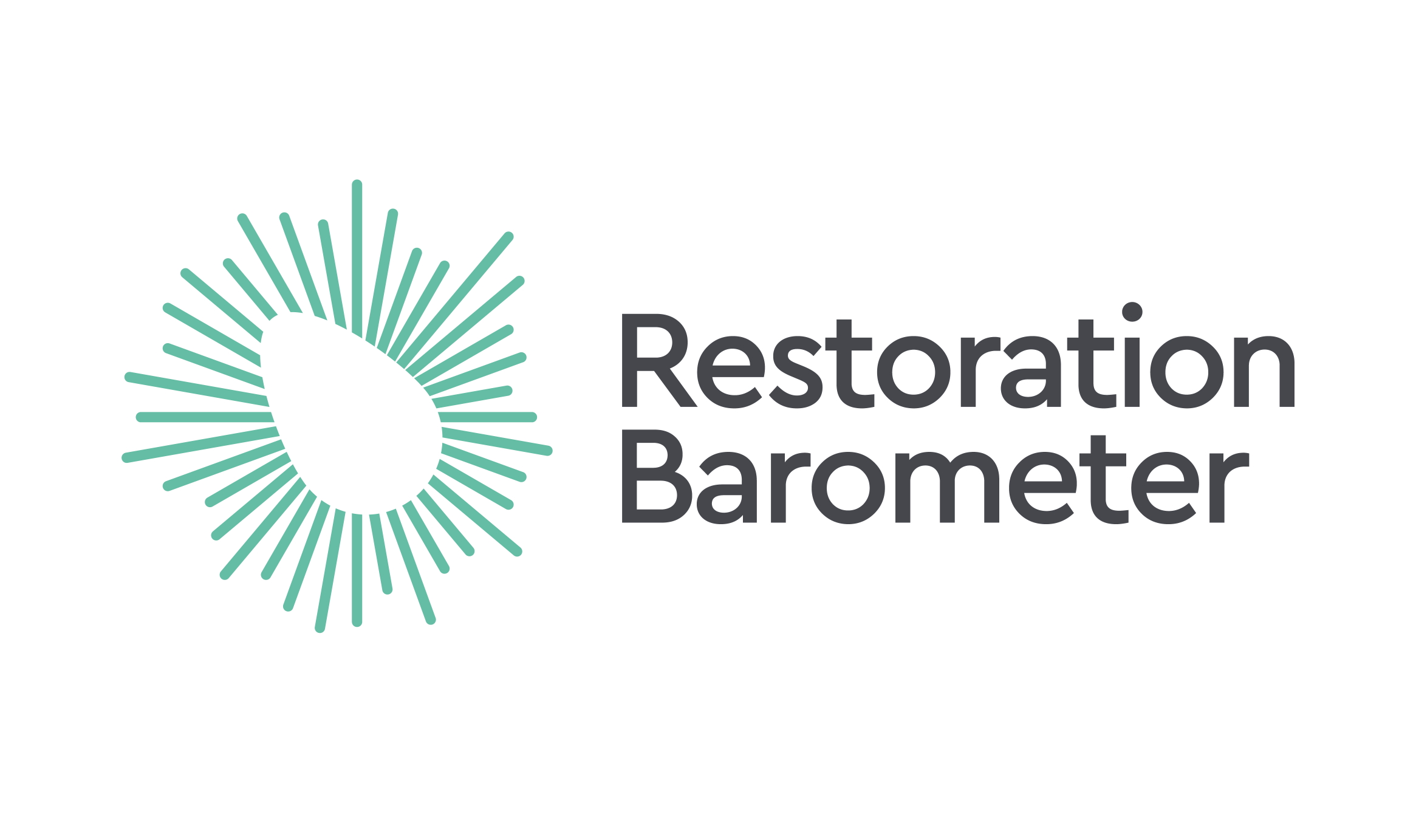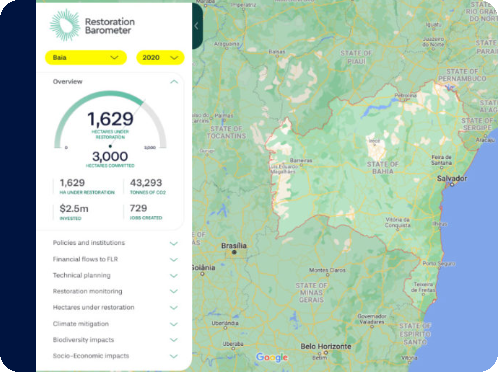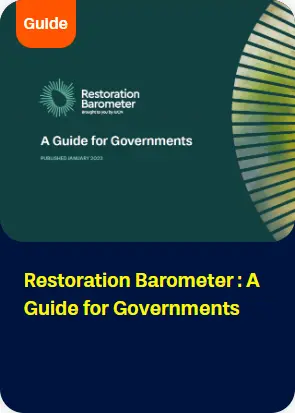How it works
The Barometer has eight indicators that build a comprehensive picture of a country’s restoration progress. It records the size of the area being brought under restoration as well as the corresponding climate, biodiversity and socio-economic benefits, and covers the enabling policies and funding structures at the heart of successful restoration. It’s a vital tool to highlight what actions are working and why, reveal obstacles to further success, and provide a foundation for scaling up and increasing investments in restoration.
Based on the core principles of flexibility and inclusivity, it can still be used even if there isn’t adequate data for all indicators.
Once you have decided that this free tool is right for you, you will see that the process is straightforward. You begin by requesting a new account. After a short verification step, your account will be confirmed by email, and you can begin securely entering your restoration related data. This may take you some time to collect, but don’t worry. There is a series of simple tutorials to help you along the process.
Now that your restoration data is entered based on your priorities, we will run a quick check to make sure everything is in order. After that, you will have a comprehensive picture of your restoration progress with outputs that will help with reporting and other needs you may have.
Information submitted to the Barometer should be accurate and clearly represent the breadth of restoration interventions underway in a country. This can be achieved by involving beneficiaries and stakeholders from implementing agencies to review and submit data. Sharing data sources helps confirm that the collection process was participatory, and can be done through approaches including validation workshops, review by expert panels and open calls for contributions.
Currently, only focal points of governments can create accounts on the Barometer website. If you work for an NGO and are interested in learning more about the tool, please email Barometer@iucn.org and we would be happy to take you through it.









